March 04, 2016
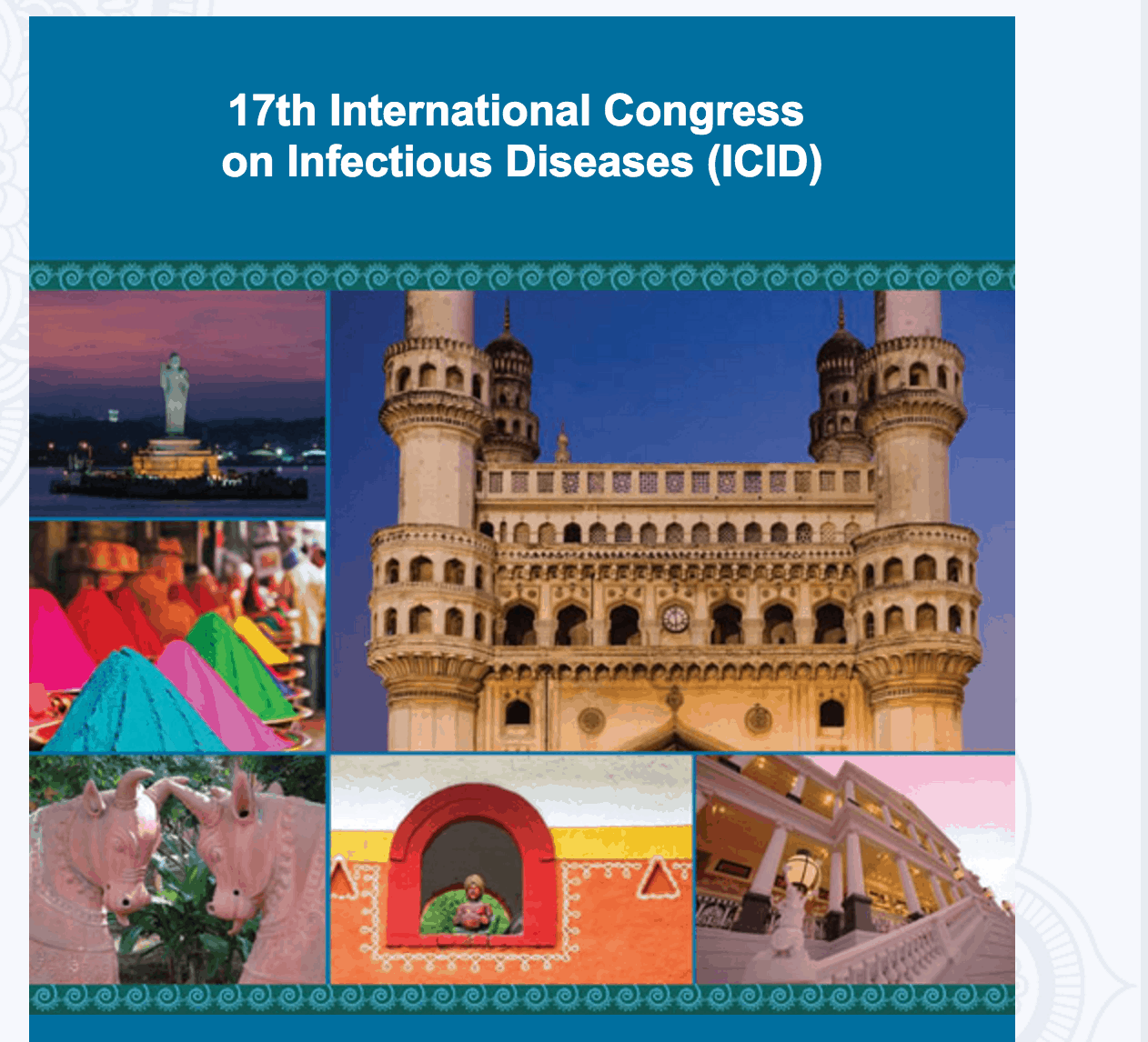
The 17th International Congress on Infectious Diseases is coming to a close in Hyderabad, India. As a part of the Congress, CDDEP hosted the symposium “Antibiotic resistance: national actions contribute to a global solution.”
Representatives from Health Ministries and Global Antibiotic Resistance Partnership (GARP) working group members from India, Kenya, Nepal, Mozambique and South Africa spoke about their countries’ journeys toward national action plans to curb antibiotic resistance. Ramanan Laxminarayan, CDDEP Director and local host of the 1600-delegate meeting; and Chand Wattal, head of microbiology at Sir Ganga Ram Hospital in Delhi and GARP-India working group member, co-chaired the session.
Background
The World Health Assembly resolution directing countries to develop national action plans for antibiotic resistance was a 2015 milestone. Most high-income countries already have national strategies or plans; or laws, regulations and guidelines that address the relevant components. In contrast, very few low- or middle-income countries have begun the process of developing one. The exceptions include the eight GARP partner countries, the five represented here among them. The details of the process in each country—while incorporating common elements—are as different as the national cultures and languages.
GARP has established local antibiotic policy-making capacity with an approach to starting the policy process that can easily be taken forward by government as the central player, along with many civil society and private sector stakeholders.
Presentations
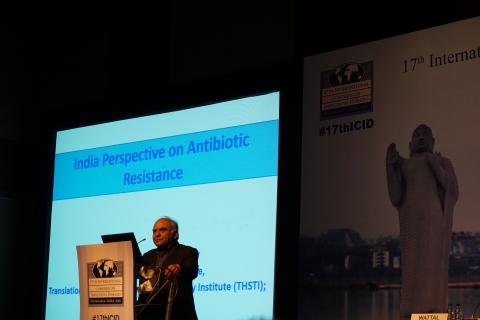
“GARP has played a major role in moving antibiotic resistance research and policy forward in India,” professor NK Ganguly, former head of the Indian Council of Medical Research and distinguished scientist, told participants on behalf of GARP-India. He noted that India hosted the first global forum on bacterial infections, and put together some of the first forums on antibiotic stewardship in hospitals for Indian clinicians.
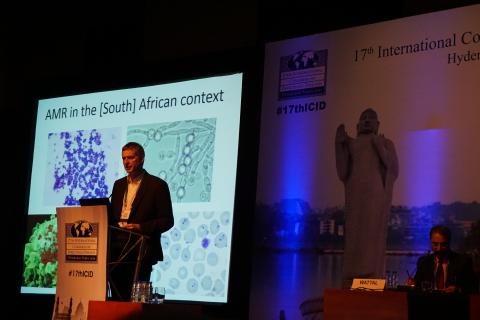
Dr. Marc Mendelson, a leader of the South African Antibiotic Stewardship Program (SAASP), which has led in antibiotic resistance activities in South Africa in cooperation with the Ministry of Health. “The whole resistance program in South Africa was really catalyzed by the GARP situation analysis conducted in 2011… it was the beginning of the response,” he stated. “Our national strategy is informed by a rich legislative framework,” he added, though he highlighted a lack of regulation for antibiotics in animals, in spite of rising resistance, including MCR-1 resistance recently detected in poultry. “We’re facing the endgame when it comes to antibiotic resistance in livestock,” he warned.
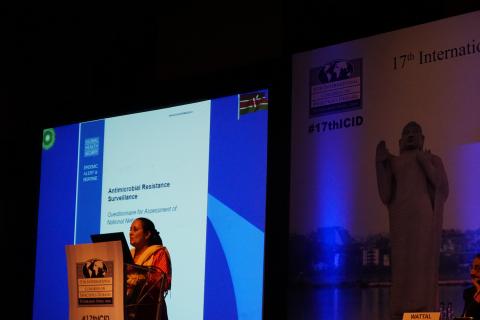
Professor Revathi Gunturu, Aga Khan University Hospital and GARP-Kenya working group member, told the audience, “my private lab is equipped with everything… while the public sector has to practice under the trees. But good training, and knowledge can make the difference.” She continued, “when we did the GARP situation analysis, we realized a lot of things about our national context, we realized much of what we don’t know. Our current data on antibiotic resistance is just the tip of the iceberg.” Only four hospitals in Kenya can currently conduct surveillance on antibiotic resistance. Her lab contributes data to CDDEP’s ResistanceMap.
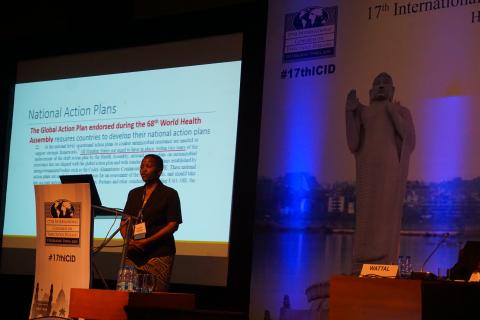
Dr. Rachel Kamau, Team Leader, Infection Prevention and Control, Ministry of Health, captured the view from the government. Kenya is actively drafting a national antibiotic resistance plan, that includes “major stakeholder concerns, and identifying gaps and the actions needed to address them….I want to recognize GARP for repeatedly bringing the issue of antibiotic resistance to the attention of the Ministry,” she said, “without which progress would have been difficult. No Minister wants to start yet another program, but GARP made resistance an important issue.”
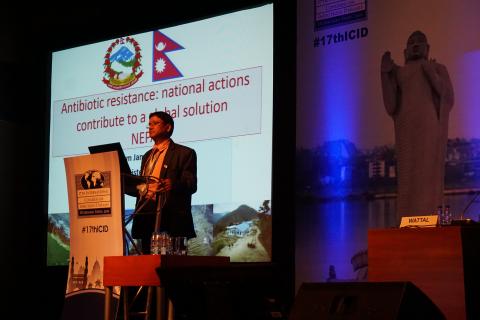
The Minister of Health of Nepal, Mr. Ram Janam Chaudhari, spoke on the history of antibiotic resistance policy in the country. “Excess antibiotic use is a problem everywhere, including Nepal, and in poor, remote areas of Nepal, people have no choice but to purchase whatever antibiotics they think they need,” he told the audience. His Excellency also highlighted the benefits of addressing the challenge: “Resistance is a cross cutting issue, and addressing antibiotic resistance benefits all national health programs.” GARP is guiding the policy development process by supporting policy briefs, research and cross-sectoral coordination.
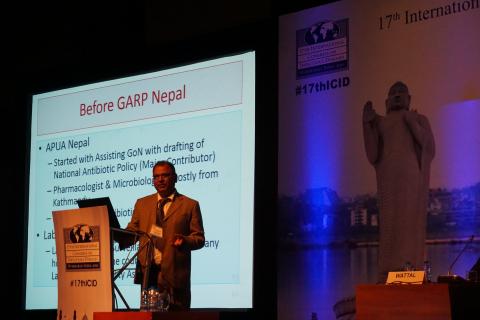
Dr. Paras Pokharel, Vice-Chair, GARP-Nepal, B.P. Koirala Institute of Health Sciences, Dharan, discussed the GARP experience. “Human behavior needs to be changed on how we use antibiotics,” he stated, “and government support to this effort is crucial. We are very fortunate to have the support of the Ministry of Health and the veterinary sector.” Dr. Pokharel spoke to the value of the partnership aspect of GARP in emulating an aspect of the Kenyan experience: they are advocating for a national antibiotic resistance focal point in the Ministry of Health.
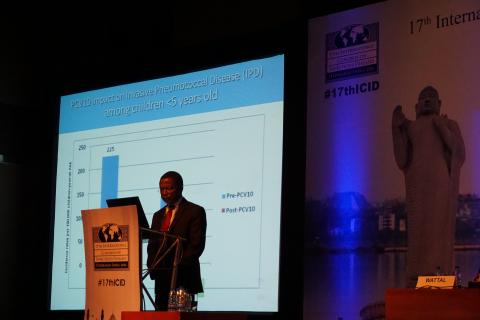
Dr. Mouzinho Saide, Deputy-Minister of Health, Mozambique, spoke about steps his country has taken that have the effect of reducing the need for antibiotics, highlighting the five new vaccines introduced since 2004. The Mozambican government is taking great strides towards initiating a national resistance policy, using the GARP-Mozambique situation analysis as its evidentiary base.
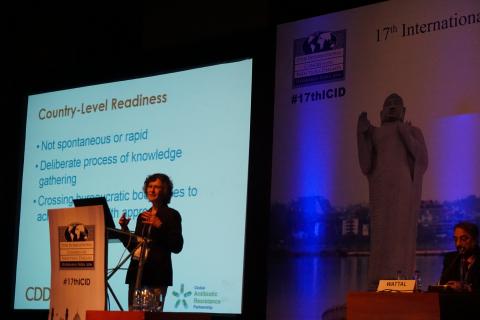
Hellen Gelband, Associate Director, CDDEP, concluded the symposium, acknowledging that ultimately, policy development is a government responsibility, but that “antibiotic resistance is a very big task for the government alone, and what we have tried to do is create a deliberate process of knowledge gathering and collaboration that is never antagonistic to the government, but complementary.” GARP brings together expertise and experience from across the spectrum of disciplines and stakeholders in service to the public health priority of antibiotic resistance.
Slides available here.











